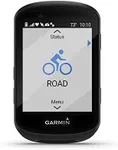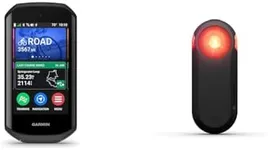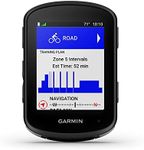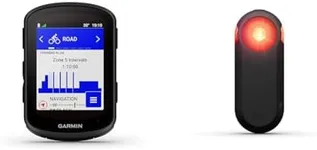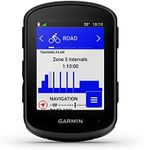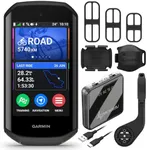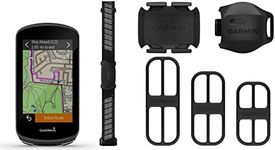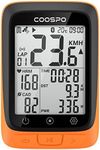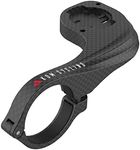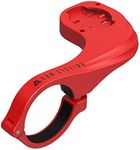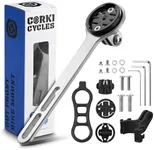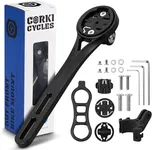Buying Guide for the Best Garmin Bike Computers
Choosing the right Garmin bike computer can significantly enhance your cycling experience, whether you're a casual rider or a competitive cyclist. The key is to understand your needs and match them with the features offered by different models. Here are some important specifications to consider when selecting a Garmin bike computer, along with explanations to help you make an informed decision.GPS AccuracyGPS accuracy is crucial for tracking your rides accurately. It determines how precisely the device can record your location, speed, and distance. Higher accuracy is important for competitive cyclists and those who ride in areas with challenging terrain or dense tree cover. For casual riders, standard GPS accuracy is usually sufficient. Look for devices that offer multi-GNSS support (using multiple satellite systems) for the best accuracy.
Screen Size and ResolutionThe screen size and resolution affect how easily you can read the display while riding. Larger screens with higher resolution provide clearer and more detailed maps and data, which is beneficial for navigation and monitoring performance metrics. However, they can also make the device bulkier. Smaller screens are more compact and lighter, which might be preferable for minimalist riders. Choose a screen size that balances readability with your preference for device size.
Battery LifeBattery life is a critical factor, especially for long-distance cyclists and those who go on multi-day tours. It determines how long the device can operate before needing a recharge. Devices with longer battery life are essential for endurance rides, while shorter battery life may be acceptable for shorter, daily rides. Consider your typical ride duration and choose a device that can comfortably last through your longest rides.
Mapping and NavigationMapping and navigation features help you find your way and explore new routes. Advanced models offer detailed maps, turn-by-turn directions, and route planning capabilities. These features are invaluable for cyclists who frequently ride in unfamiliar areas or enjoy exploring new routes. If you primarily ride familiar routes, basic navigation features may suffice. Assess how much you rely on navigation to determine the level of mapping features you need.
ConnectivityConnectivity options, such as Bluetooth and ANT+, allow the bike computer to pair with other devices like heart rate monitors, power meters, and smartphones. This is important for cyclists who want to track comprehensive performance metrics or receive notifications while riding. More connectivity options provide greater flexibility and integration with other cycling gear. If you use multiple sensors or like to stay connected, choose a device with robust connectivity features.
Data Tracking and AnalysisData tracking and analysis features help you monitor and improve your performance. These include metrics like speed, distance, elevation, heart rate, and power output. Advanced models offer more detailed analysis and training tools, which are beneficial for serious athletes and those following structured training plans. Casual riders may find basic data tracking sufficient. Consider how much data you want to track and analyze to choose the right level of features.
Durability and Weather ResistanceDurability and weather resistance ensure that the bike computer can withstand the rigors of cycling in various conditions. Look for devices with robust construction and water resistance ratings, especially if you ride in harsh weather or on rough terrain. Higher durability is important for mountain bikers and those who ride in all weather conditions. If you ride primarily in fair weather and on smooth roads, standard durability may be adequate.
